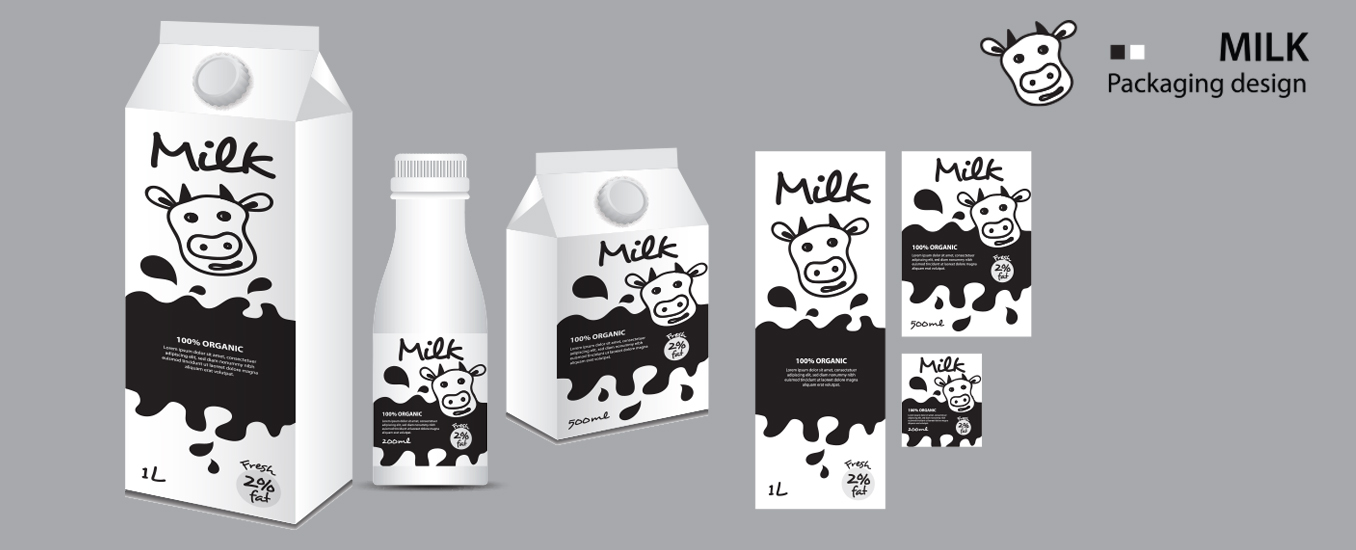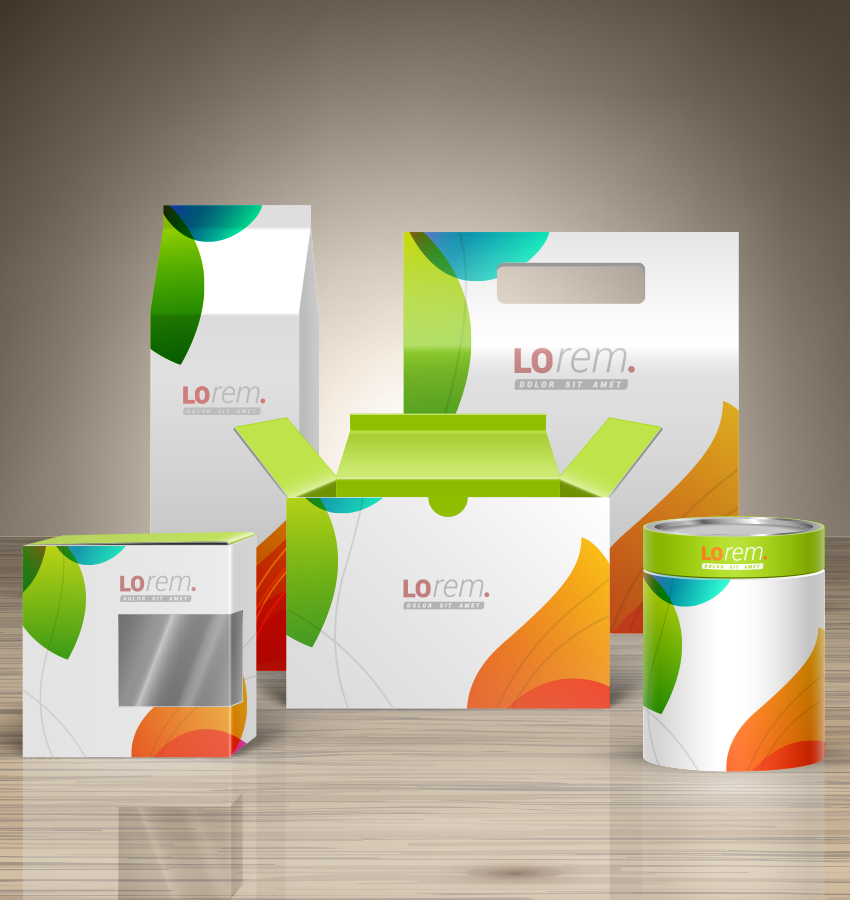
Artistry in artwork (vintage, local art, famous artwork, storytelling)
Smart Packaging (Secure, QR coded)
2022 saw a beginning of return to normalcy in people’s lives after the two-year global pandemic-related disruptions. For one, brands were back to engaging customers with new messages and new techniques to spur growth. In many ways, packaging trends reflected the changing values of customers, and focus of the commercial world. In this article we examine the Current Trends of Packaging 2022.
Customization
Global supply chain disruptions saw a shortage of standard containers all around, especially reusable glass jars and bottles of various types, to the point that time for order fulfillment for standard containers was about the same as a custom-made original, and consumer brands from Alcobev to Nutritional Supplements were quick to jump on that trend, creating an explosion of custom-made, unique containers featuring a variety of artwork, such as embossed, printed, labeled, and sleeved (both partial and full body). This was especially seen in the glass bottles market, where bottle suppliers now rarely keep expensive stock on hand.
No doubt the supply-chain related disruptions will reduce, but many designers expect that greater variety in container shape is here to stay in a number of industries like food & beverage, cosmetics, supplements, pharma, pet care, etc. As new materials and manufacturing techniques become more mainstream, designers will use their own material properties to extract every ounce of design advantage. We are all for this diversity in container shapes, and hope the creativity also spreads to metal, wood and other container materials!
Sustainability
Sustainability is serious business. As the world continues its efforts to eliminate single-use plastic, packaging is one of the biggest areas of focus. It isn’t just about replacing one type of container material for another i.e. replacing single use plastic with say…paper, because sustainability is about reducing the overall impact to the environment as a whole. For example, paper may be biodegradable and recyclable, but it also takes 4 times as much energy to produce a paper bag than a plastic one.
Fortunately many innovators in packaging understand this. From plant-based packaging material2 that avoid use of fossil fuels to home-compostable food packaging3 or seaweed-based edible packaging4 that avoids landfills altogether, brand-owners leveraged technology to create solutions that appeal to environment-conscious consumers (which we should all be!) while being business-sustainable too. Some business owners are going even further, offsetting the smaller but still non-zero energy impact to produce environment-friendly packaging by funding tree plantation, soil rejuvenation, ocean cleanup and other activities that make those businesses truly carbon-negative.
What’s more, such environment sensitivity and social sustainability is no longer restricted to so-called “Green” businesses that in the past operated almost like social entrepreneurship or even NGOs, sacrificing profits to attain their goals. Businesses around the world now understand that Green packaging isn’t about the hype- it’s just a smarter way to do business with consumers who need their brands to truly reflect their values. Big brands in luxury living like LVMH and Möet are adopting packaging made of woven cotton, recycled paper and plant-based inks with simpler, yet premium-feel styling that is likely to make sustainable packaging the way of the future.
Artistry in Cover Art
Bibliography



